Marabout House: 1950s temporary housing brought back to life
Marabout House – a 1958 temporary housing structure – has been rethought by Clément Cividino and is on show in Spain until 31 August 2022
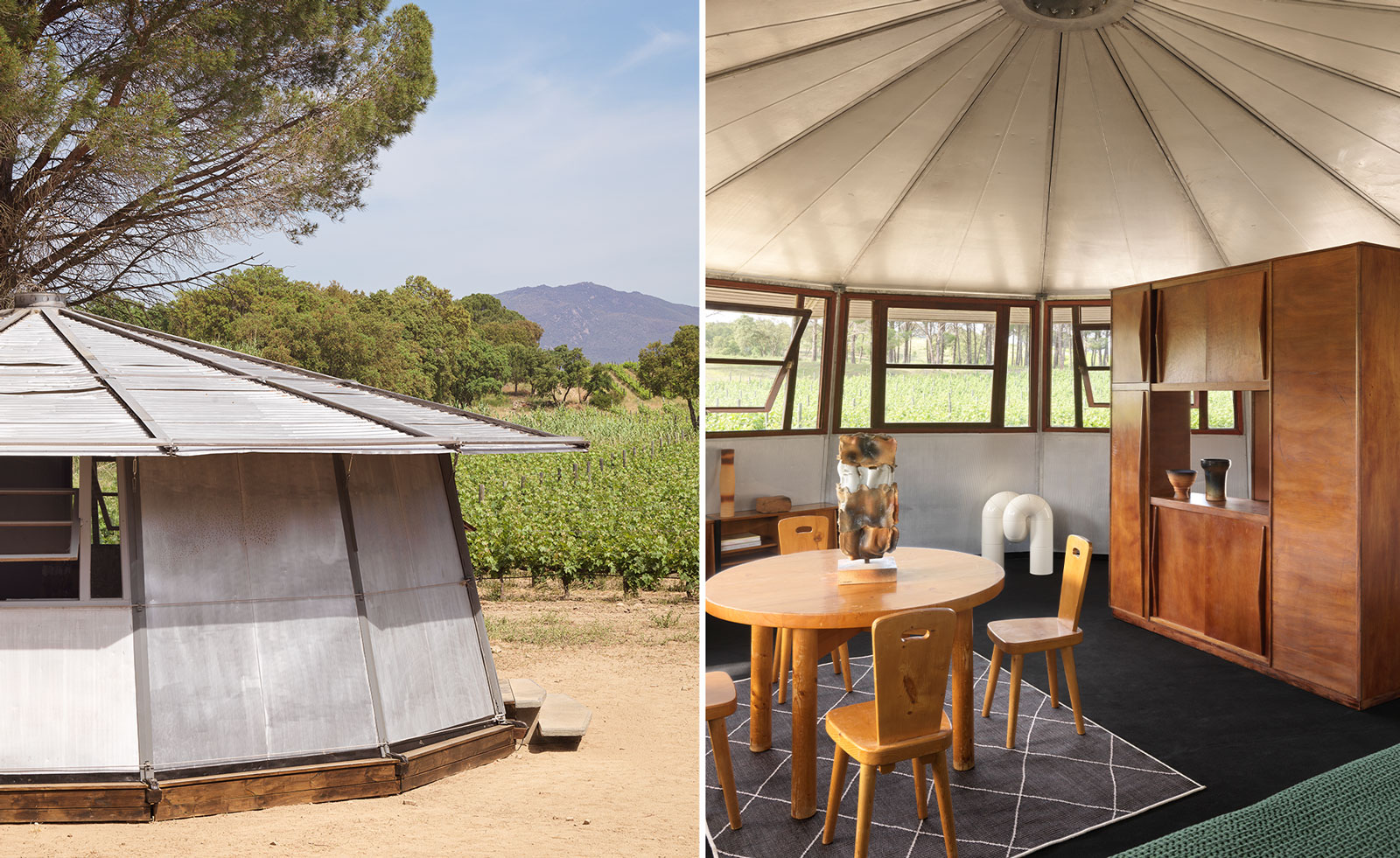
Design codes from the 1950s are celebrated in a new exhibition that sees a 1958 temporary housing structure, Marabout House, brought back to life. Originally designed by Raymond Camus and built at Jean Prouvé’s workshops, the structure – at Terra Remota vineyard in Catalonia, Spain – has been fully refurbished by prefabricated architecture specialist Clément Cividino.
First created in response to the need for lightweight housing structures by the French army, the design was used as lodging during the Algerian War. French energy company EDF-GDF commissioned two versions of the 13-sided space, made from metal, for use as temporary housing in the Parisian suburbs. One was destroyed, while the other is now on display in the vineyard throughout the summer.
Marabout House: 1950s temporary housing revisited
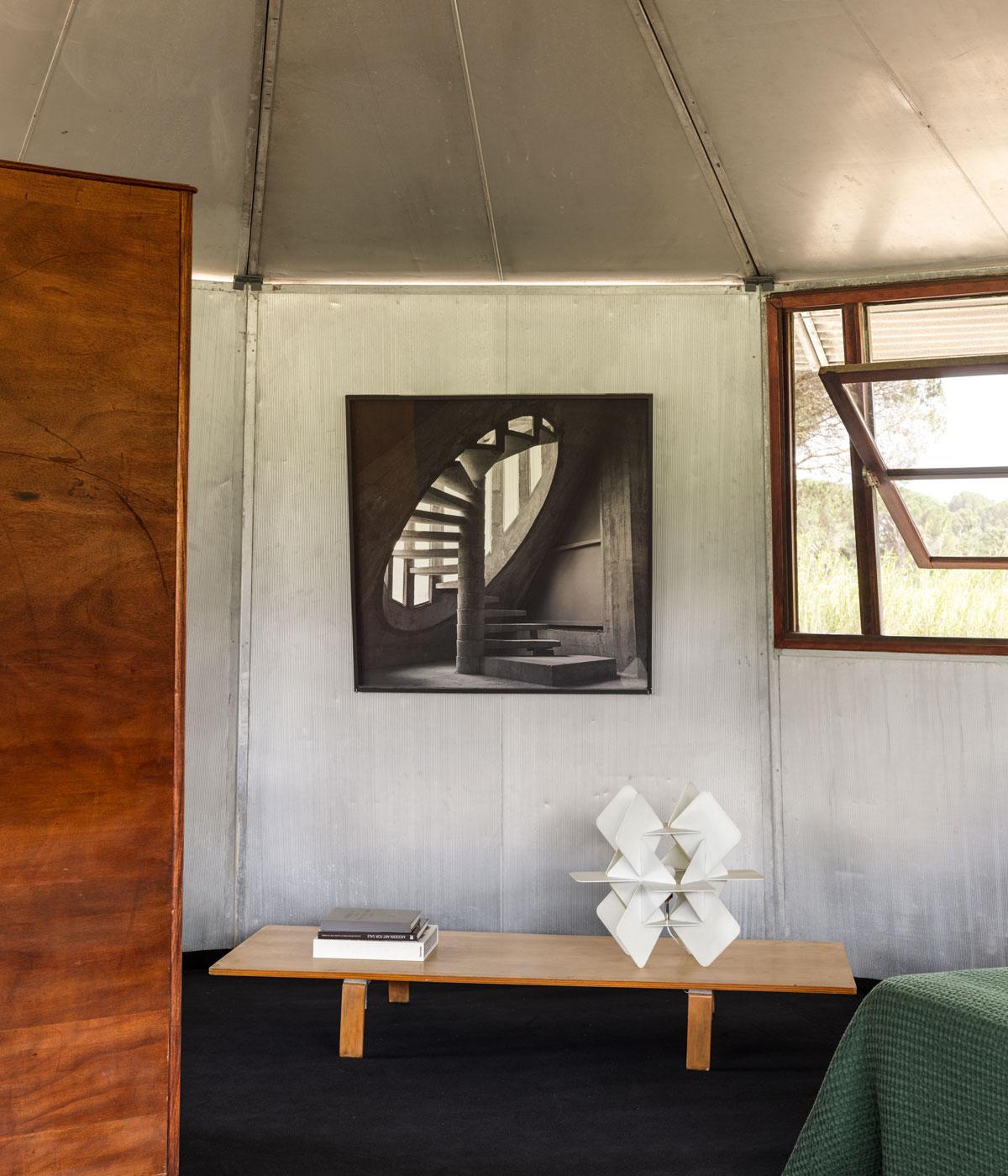
Inside, Cividino has assembled pieces from design greats, including a dining table by Charlotte Perriand, chairs by René Martin, a lamp by Bruno Munari, and Marco Zanuso’s ‘Triennale’ sofa.
His work on the project was a natural step for him: ‘Camus was one of the first people in France to work on industrial, prefabricated housing,’ he says. ‘What’s amazing is that he worked extensively in both Russia and the United States. He also contributed to the construction of quite a lot of new towns and worked with well-known architects like Marcel Lods, Jean Dubuisson and Émile Aillaud on social housing projects. Camus was a real pioneer.’
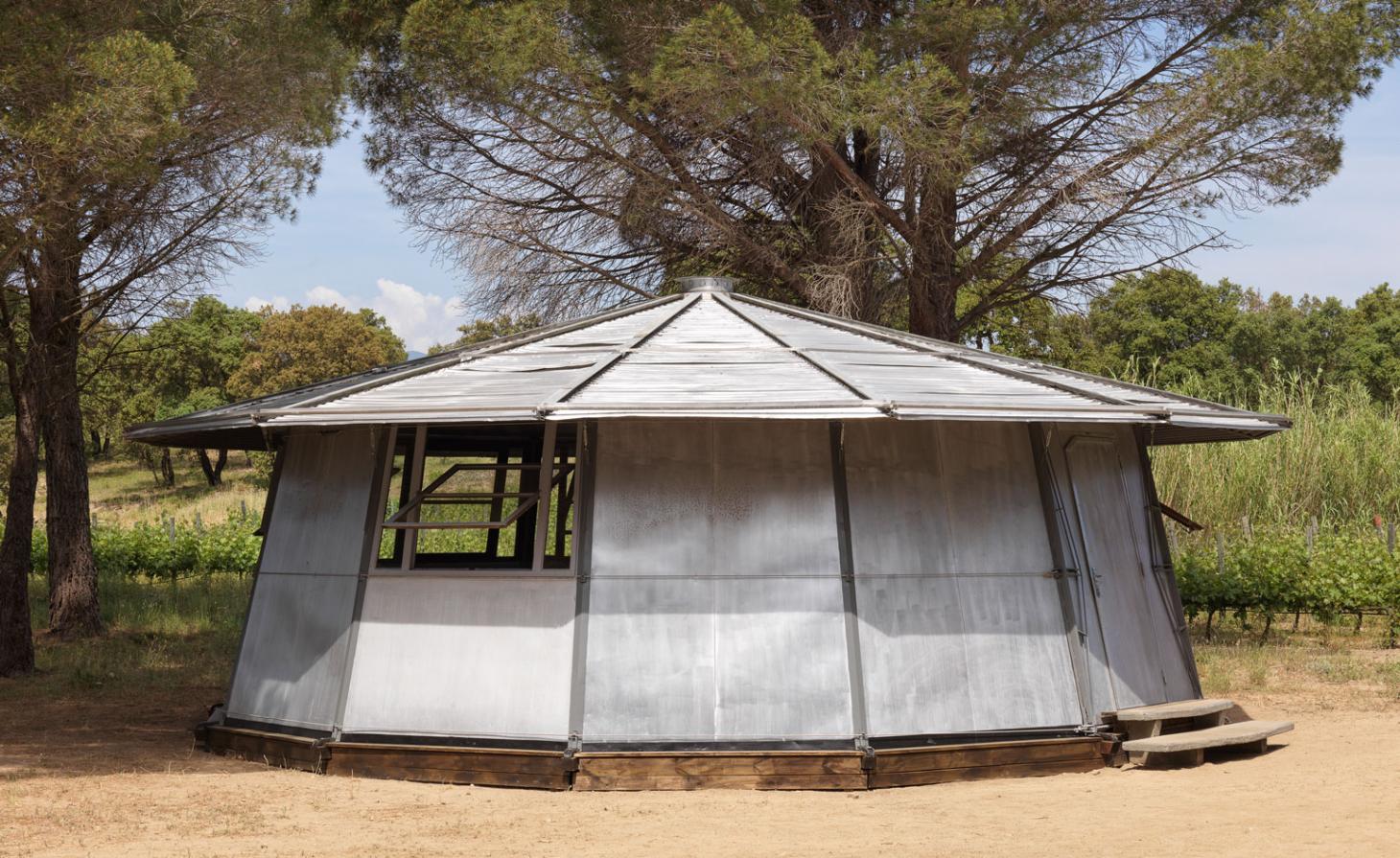
Cividino is fascinated by the link between Prouvé and the Marabout House. ‘We have a plan signed by Prouvé and there is a photo, in the archives of the city of Nancy, of a prototype of the Marabout House at his workshop, with lots of Prouvé’s own houses in the background. At the time, there was nobody better to build such as structure than Prouvé. Afterwards, what advice or modifications he proposed to the initial design is anybody’s guess.
‘The Marabout House adheres to many of Jean Prouvé’s principles for lightweight housing structures. Prouvé himself was greatly inspired by it. He often promoted the Marabout House in the classes he gave at the Conservatoire National des Arts et Métiers in Paris and quite obviously referenced it in the gas stations he designed for Total in 1969, which also had 13 sides.’
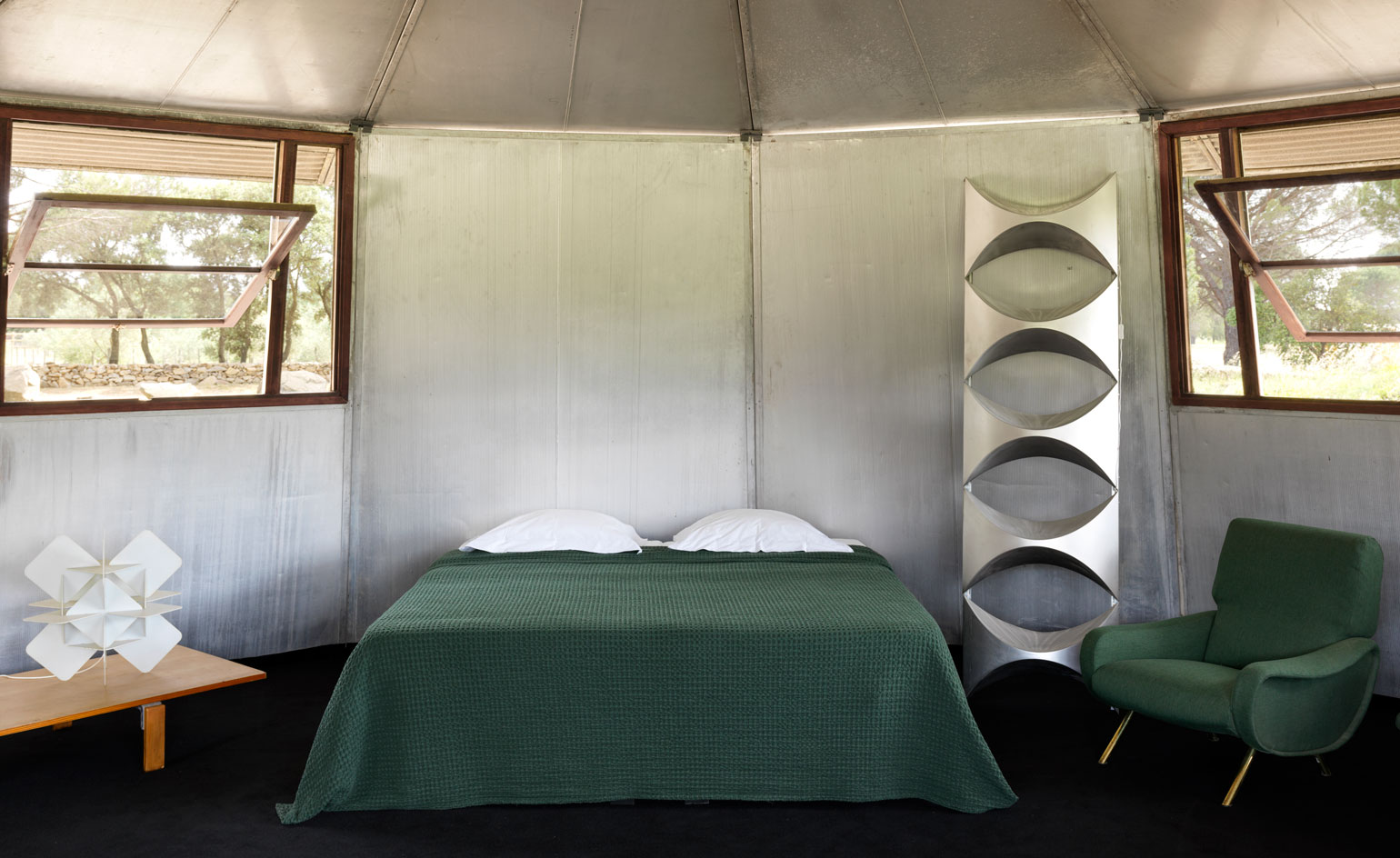
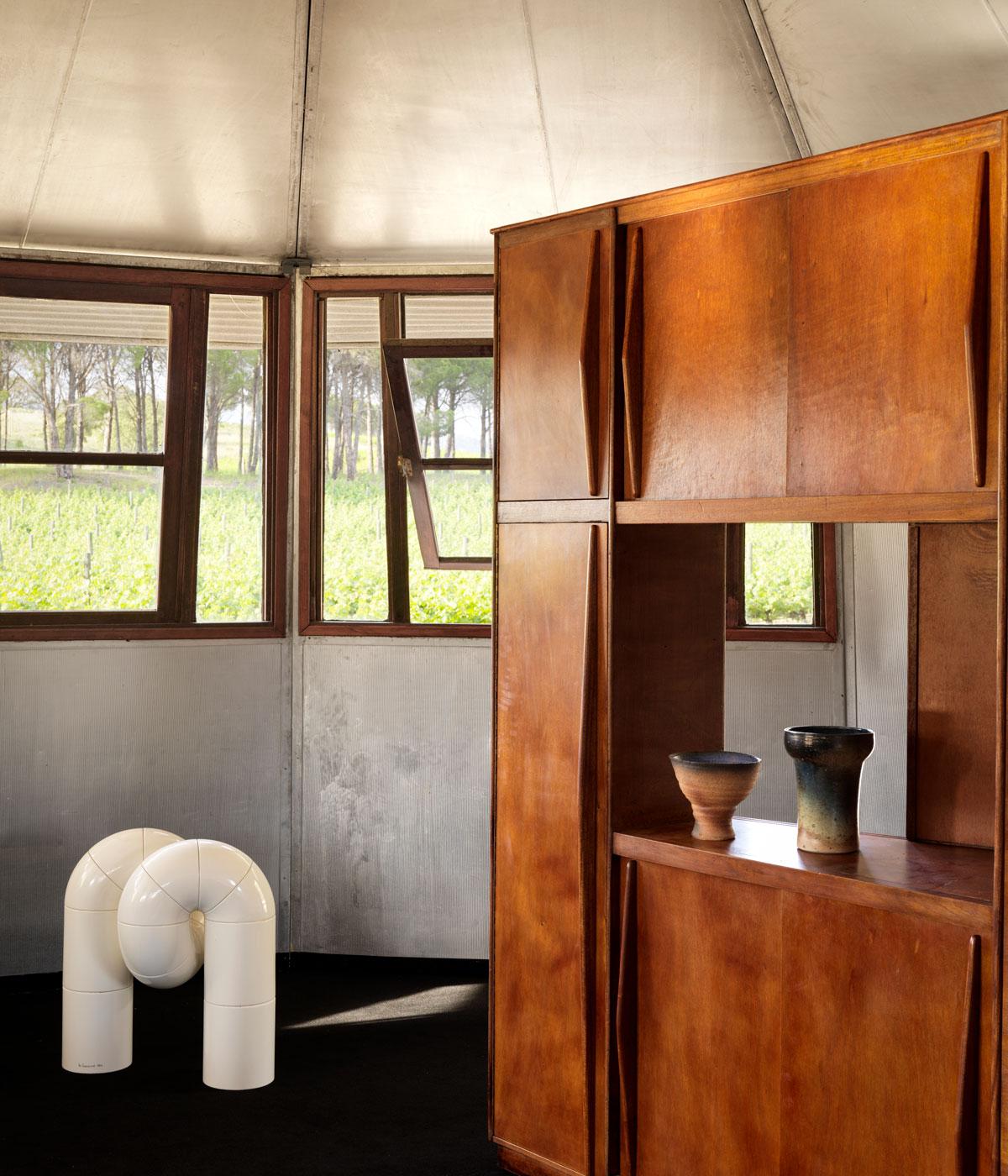
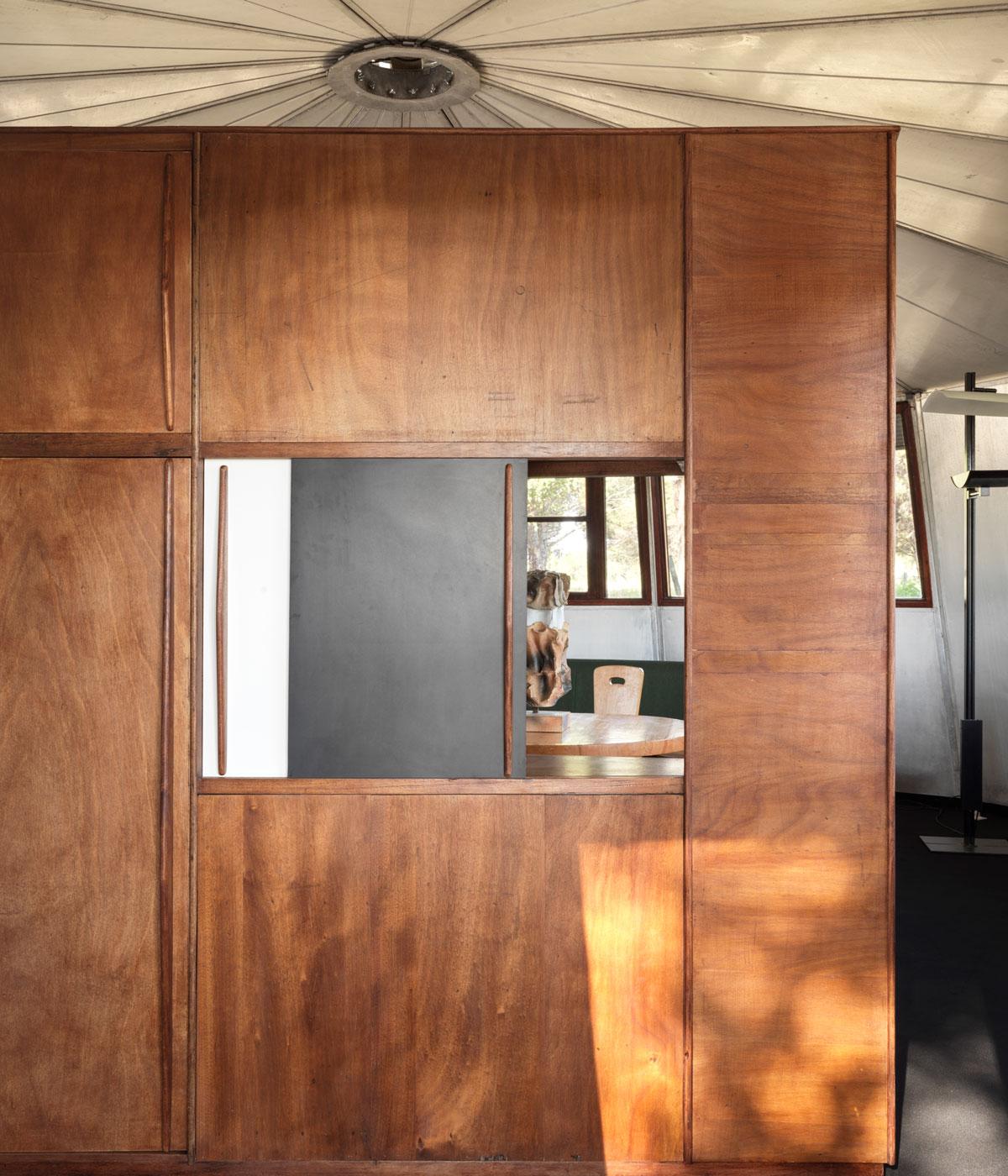
INFORMATION
Receive our daily digest of inspiration, escapism and design stories from around the world direct to your inbox.
Marabout House is exhibited until 31 August 2022
Hannah Silver is the Art, Culture, Watches & Jewellery Editor of Wallpaper*. Since joining in 2019, she has overseen offbeat art trends and conducted in-depth profiles, as well as writing and commissioning extensively across the worlds of culture and luxury. She enjoys travelling, visiting artists' studios and viewing exhibitions around the world, and has interviewed artists and designers including Maggi Hambling, William Kentridge, Jonathan Anderson, Chantal Joffe, Lubaina Himid, Tilda Swinton and Mickalene Thomas.
-
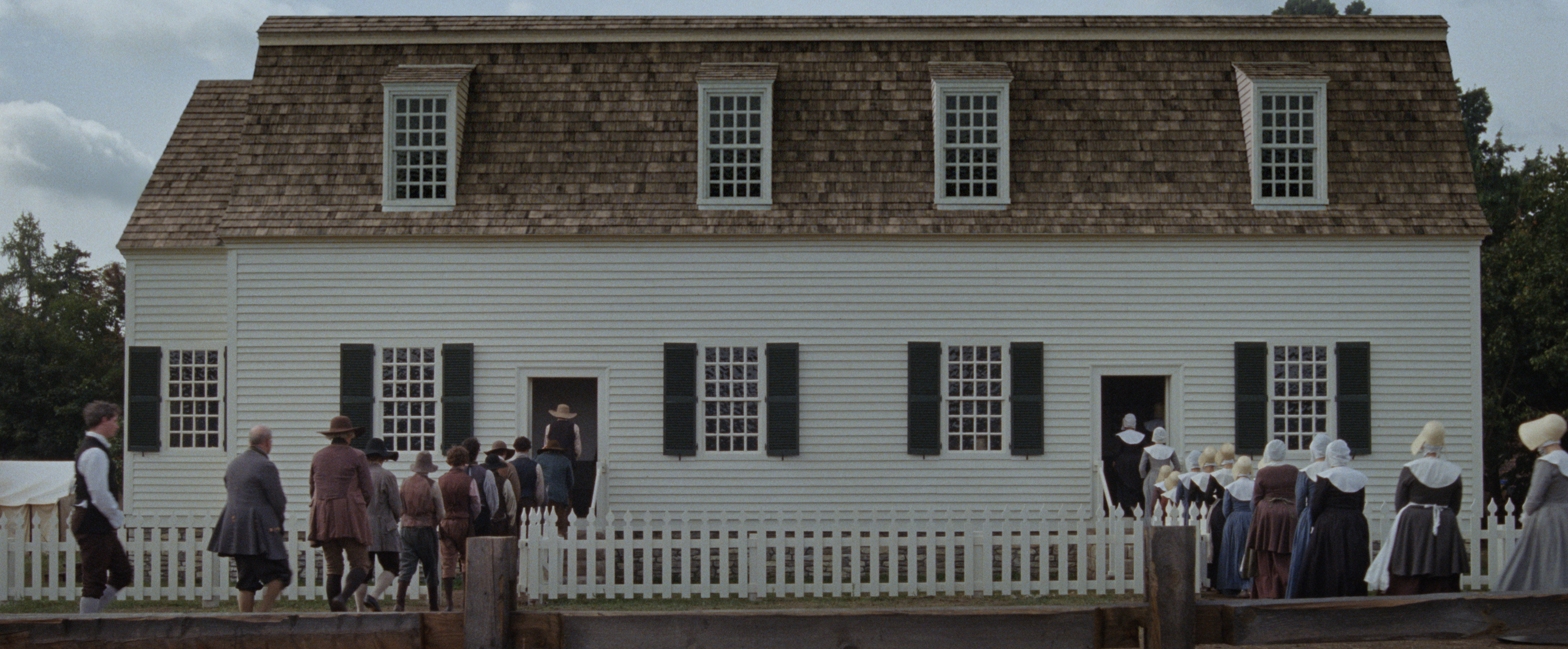 The Testament of Ann Lee brings the Shaker aesthetic to the big screen
The Testament of Ann Lee brings the Shaker aesthetic to the big screenDirected by Mona Fastvold and featuring Amanda Seyfried, The Testament of Ann Lee is a visual deep dive into Shaker culture
-
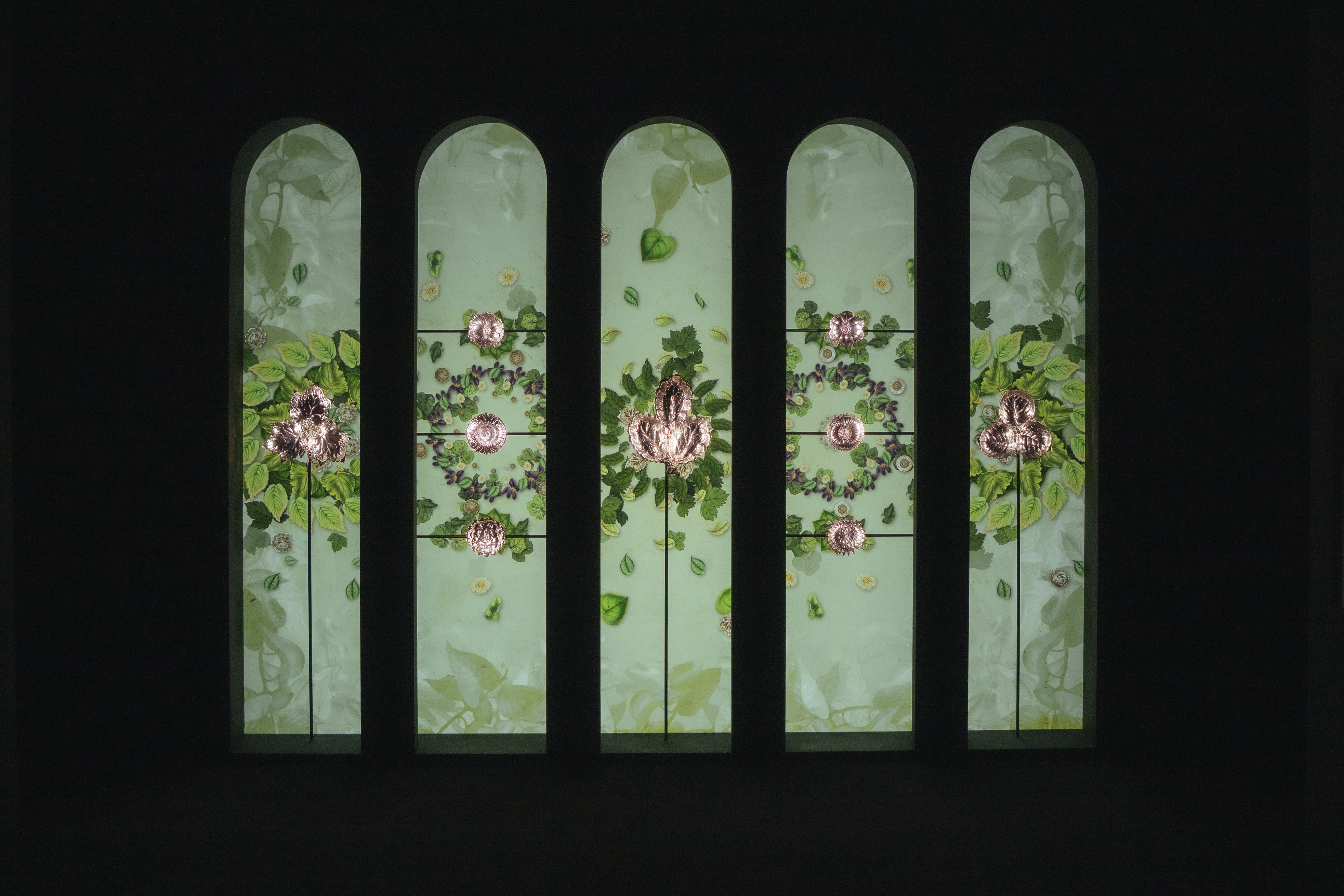 Dive into Buccellati's rich artistic heritage in Shanghai
Dive into Buccellati's rich artistic heritage in Shanghai'The Prince of Goldsmiths: Buccellati Rediscovering the Classics' exhibition takes visitors on an immersive journey through a fascinating history
-
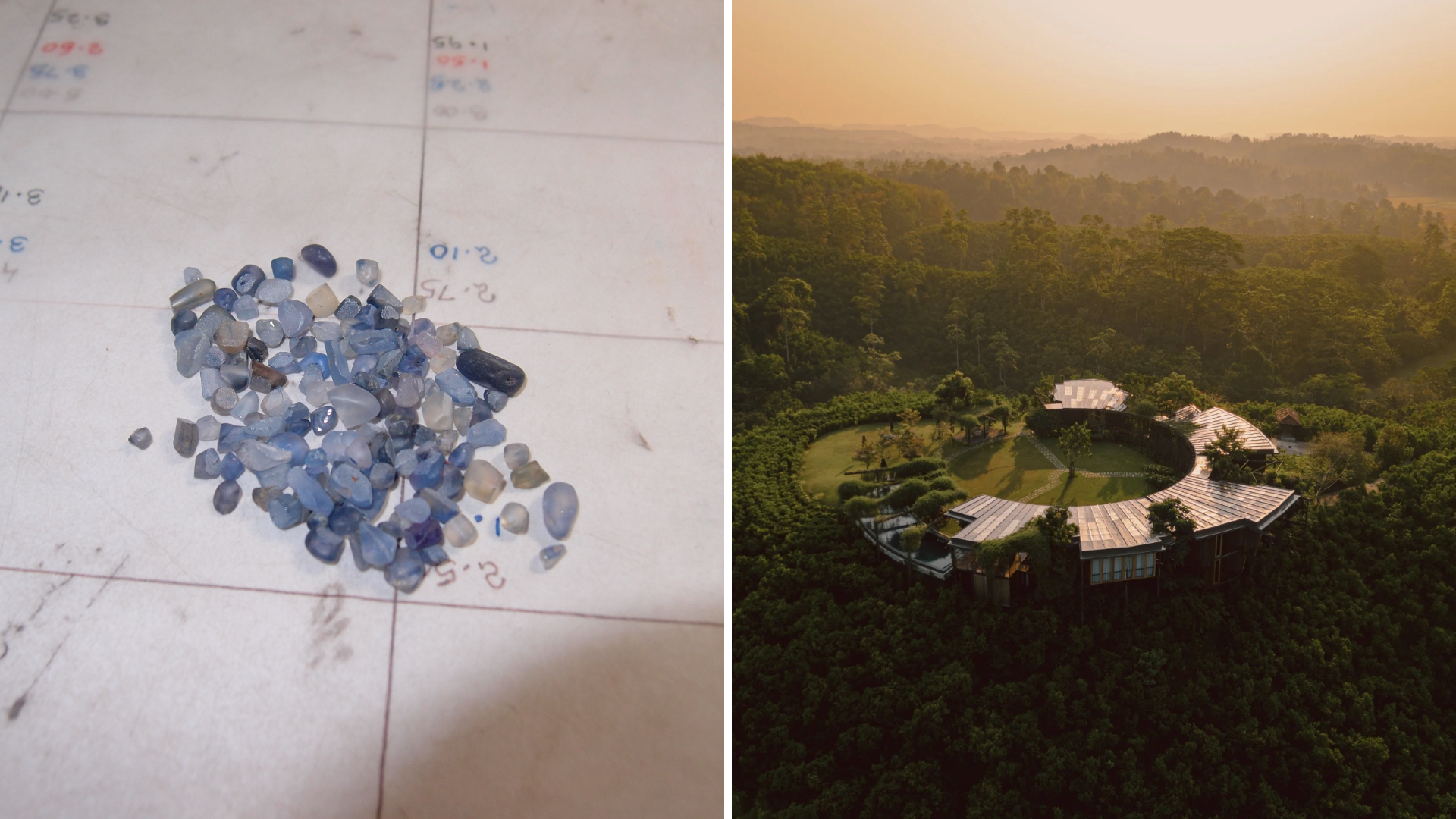 Love jewellery? Now you can book a holiday to source rare gemstones
Love jewellery? Now you can book a holiday to source rare gemstonesHardy & Diamond, Gemstone Journeys debuts in Sri Lanka in April 2026, granting travellers access to the island’s artisanal gemstone mines, as well as the opportunity to source their perfect stone